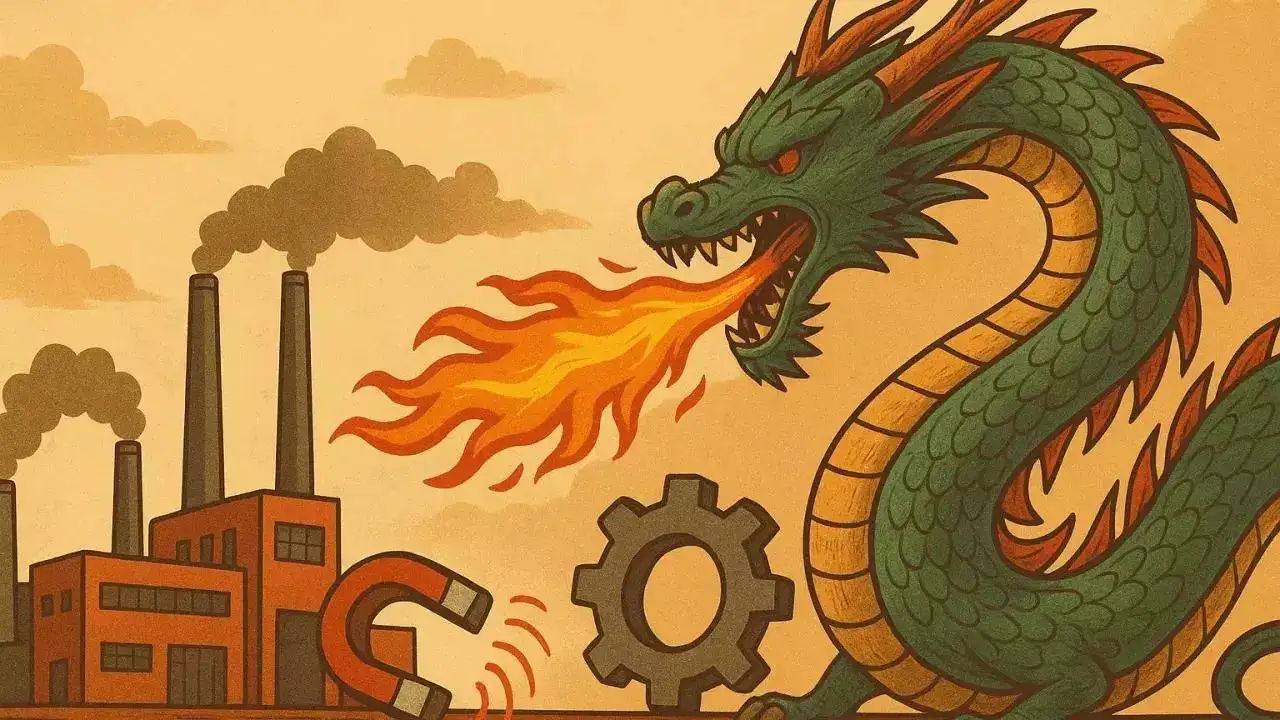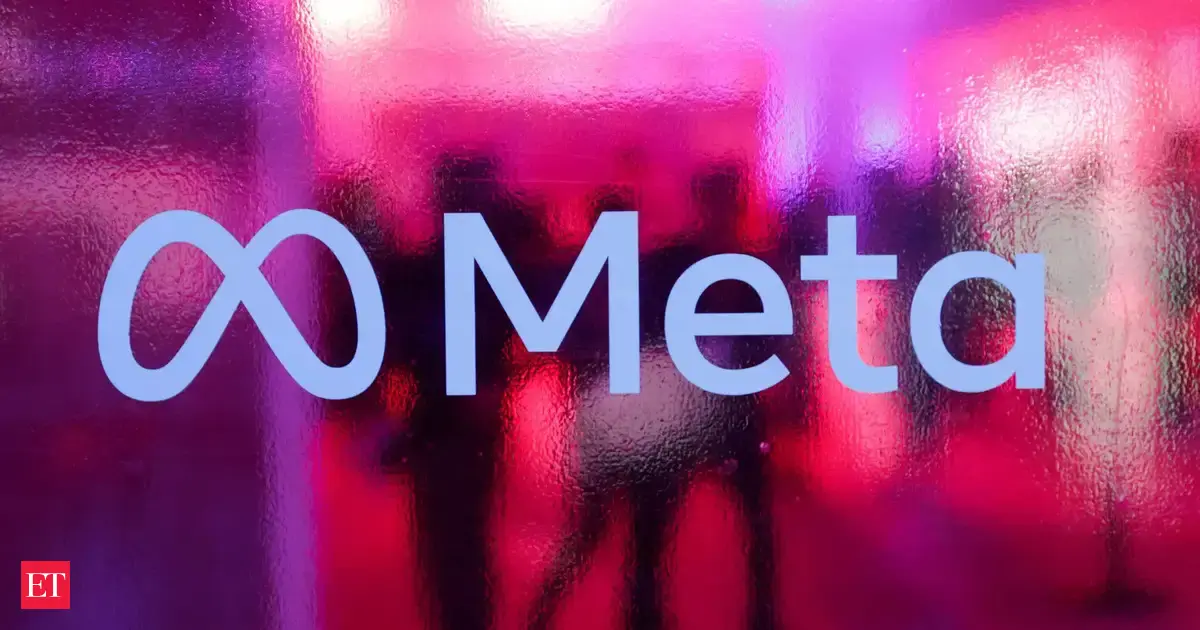Copyright forbes

Cognitive diversity is a biological advantage Some teams thrive under pressure while others unravel. The difference isn’t just skill or culture. It’s cognitive diversity, the balance of minds that attach, explore, and manage complexity. Just as every self-sustaining ecosystem depends on a balance of species that produce, consume, and recycle energy, every peak-performing team depends on a balance of cognitive diversity to stay adaptive and self-sustaining. From a biology of behavior perspective, one of the best frameworks I’ve seen for understanding this dynamic is the AEM Cube developed by Dutch Psychiatrist Peter Robertson and the team at Human Insight in The Hague. It maps how individuals differ in their attachment, exploration, and management of complexity, three dimensions that together describe how teams adapt and sustain themselves. Tools like the AEM Cube make it easier to see patterns that were once invisible, showing that diversity of cognition and motivation, not just skill or personality, is what keeps a team alive. The Biology Behind Cognitive Diversity In nature, an ecosystem becomes self-sustaining only when it includes enough diversity to fill essential roles. Producers convert energy into life. Consumers distribute it through the food web. Decomposers recycle nutrients back into the system. If any one of these is missing, the system begins to collapse. Thriving natural ecosystems have biological diversity Teams follow the same principle. When everyone approaches problems the same way, the system becomes fragile. When there’s too much variation without balance, it fragments. What matters is not how many perspectives exist, but whether all essential cognitive functions are represented and connected. Every person carries a unique cognitive thumbprint, a recognizable pattern in how they attach to others or to content, explore new possibilities or optimize existing ones, and specialize or integrate when managing complexity. These differences combine into a team-level signature that determines whether the group can adapt to change or requires constant external support to survive. The Six Dimensions of Cognitive Diversity Every Team Needs A self-sustaining ecosystem requires a minimal set of roles. The same is true for teams. When mapped across the core dimensions of attachment, exploration, and complexity, a balanced team includes six essential cognitive “species,” each representing a distinct kind of contribution. MORE FOR YOU People-Attached members build trust and cohesion, creating the social glue that keeps the system stable. Content-Attached members ground the team in craft, technology, and practical execution. Highly Exploratory members generate novelty and challenge assumptions, opening new ground. Highly Optimizing members refine and scale ideas once they’ve proven their value. Specialists provide depth in critical domains, anchoring the team’s technical stability. Integrators connect insights across domains, ensuring information and understanding flow freely. When all six roles are present, the team behaves like a balanced ecosystem, novelty and stability coexisting in productive tension. If one or more roles are missing, the system compensates but becomes brittle, requiring energy from outside to stay in motion. When Cognitive Diversity Is Missing Teams that lack one of these six functions show predictable patterns of imbalance. Without exploratory thinkers, ideas dry up. Without optimizers, energy dissipates. Without integrators, silos form and coordination breaks down. Without specialists, execution becomes superficial. Without people-attached members, trust erodes. Without content-attached members, depth and rigor fade. Resilient teams, like resilient ecosystems, show redundancy. More than one person can fill each niche, allowing the system to absorb shocks without collapsing. Diversity provides adaptability, but redundancy provides insurance. Measuring Cognitive Diversity in Teams Tools like the AEM Cube provide a lens for understanding a team’s cognitive ecosystem, showing whether energy is distributed evenly between exploration and optimization, whether attachments are primarily social or technical, and whether specialists and integrators operate in balance. These insights allow leaders to act biologically rather than mechanically: instead of “fixing” people, they can restore equilibrium to the system. The goal is not uniformity but health, a balance that allows the team to generate novelty, stabilize it, and renew itself over time. Putting Cognitive Diversity Into Practice Understanding cognitive diversity is one thing. Designing for it is another. For leaders, the goal isn’t to label people. It’s to shape conditions where multiple cognitive thumbprints can coexist and complement each other. Teams don’t need more frameworks as much as they need habits that help them behave like ecosystems rather than hierarchies. One practical step is to observe patterns of attachment. Notice who in your team anchors energy through relationships and who does so through content or craft. If the balance tilts too far toward one side, the system loses either empathy or depth. Leaders can adjust by pairing people-attached and content-attached members on projects that demand both trust and rigor. Next, cultivate rhythm between exploration and optimization. Many teams over-index on one or the other, endlessly generating ideas or endlessly refining them. Building explicit phases for divergent and convergent thinking restores the system’s pulse. This is a biological rhythm, not a process step. Third, bridge specialization and integration. Specialists hold the roots of the system; integrators pollinate ideas between them. Leaders can strengthen both by rotating responsibilities or hosting brief cross-domain sessions where team members teach what they know best. Finally, map your team’s energy. Tools like the AEM Cube make this visible, but even simple observation works. Ask: Where does novelty come from? Where does it stabilize? Where does it connect? These questions reveal the underlying flow of cognitive energy, the same flow that determines whether a team survives, adapts, or thrives. A Final Thought on Cognitive Diversity In the end, great teams resemble living systems more than machines. They breathe, adapt, and evolve through the diversity of their cognitive thumbprints. When leaders learn to see their teams as ecosystems, each role vital, each rhythm interconnected, they stop managing and start cultivating the conditions for sustained, intelligent growth. Cognitive diversity becomes the foundation of that growth, the biological advantage that turns performance into resilience. Editorial StandardsReprints & Permissions



